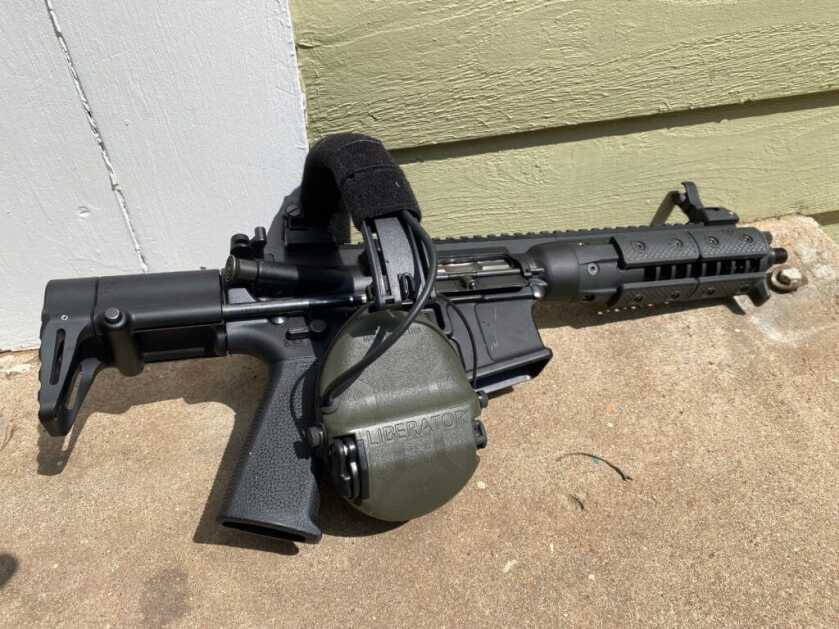
When it comes to the technology of modern warfare, most people can pick out the big game-changers. Night vision goggles, thermal imagers, radios, and of course GPS. But lost in this mix is another invaluable asset, hearing enhancement and protection. Wait, what? You might not realize it, but the now common over-the-ear systems you see soldiers wearing aren’t just for radio traffic and noise protection. Although they do handle that as well. They also amplify your hearing, which is a tactical edge that is extremely helpful.

Enhanced hearing is a weird duck to get used to. In fact, when you first gain it, it can paralyze your actions. The enhancement is such an order of magnitude better than organic hearing, that every move you make sounds like a clown car full of glass and cowbells colliding with the stick breaking factory. It takes some adjustment to understand that while you can hear like an X-man, others cannot. Which helps in two ways. First, you can hear enemy movement at 20 plus times normal range. And when you start eliminating noise that you are creating at contact range with your own bionic ears, you become like a ghost to a non-enhanced human.
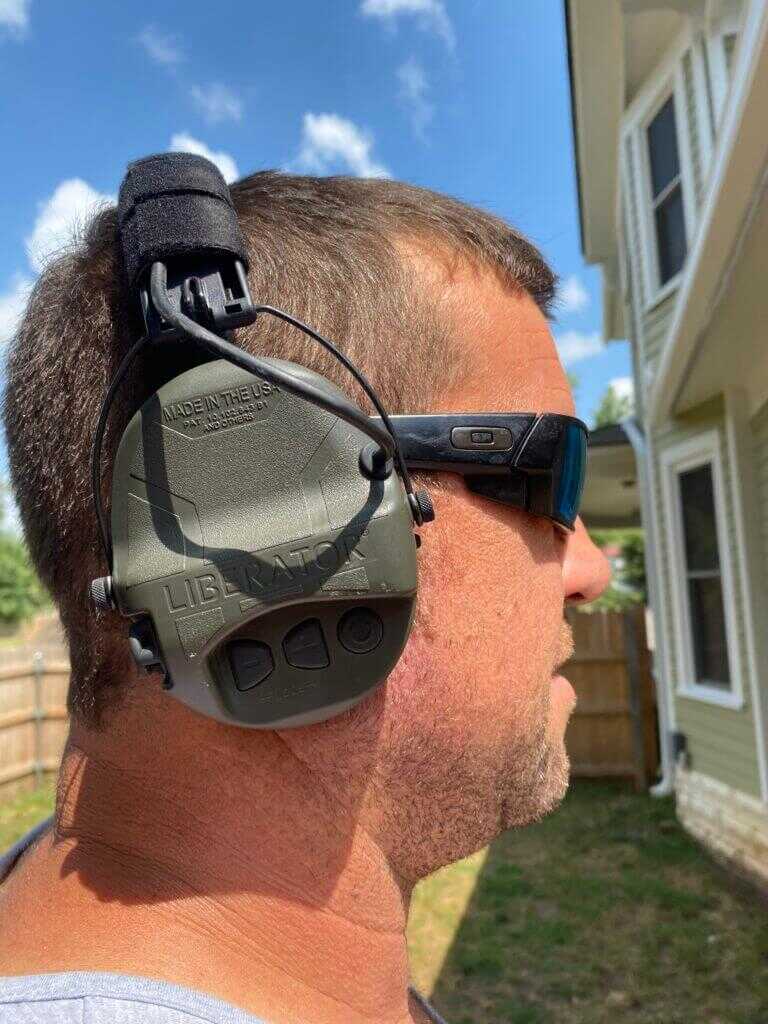
Although there were other brands issued across the 20 years of the GWOT, the most common contract winner was 3M Peltors. To the point that Peltor was both a proper name and a common name. Much like how Xerox became synonymous with the copy machine, regardless of who manufactured it. And I will be quite honest with you, all the electronic hearing protection I have used up until now as a civilian is laughable compared to Peltors. Until now.
Wait, you have a set of Peltors? Actually, unlikely. While 3M did release several sets of shooting ear muffs under the Peltor name, none of them had the military-grade hardware in them. If you bought your Peltor set for under $1000, it wasn’t the DOD issue model. Like slapping a Corvette badge on a Chevy Volt, it doesn’t make the performance match.
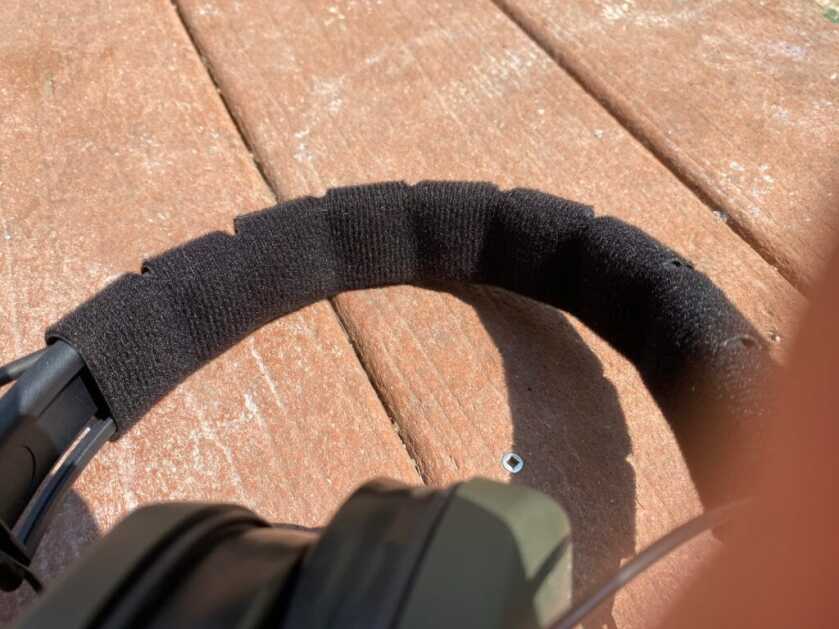
Safariland has now entered the fray with an all new suite of hearing protection, and they are ready to take a shot at the title belt. Named the Liberator, this line of muffs brings performance to the party on par or better than mil-spec Peltors. And at a price point of around $300. Despite what I feel is an unfortunate naming choice, as Liberator is known for some other things. You know what? Let’s not hyperlink that one. And if you are on your work computer, don’t search “Liberator” and “furniture” okay?

The Liberators do range up to a price of $700, but most of that is add-on features that are job specific. In a move to quite obviously also compete in Military/LE circles, Safariland offers a wide range of mounting styles and communications setups. Helmet mounted with dual comms to interface with MBITR or Harris radios? Check. But the model that is going to be right for most of us is $299, a very reasonable price for what you get.
At the lower price point, Safariland has not cheapened out on the electronics. The hearing enhancement is still on par or better than the Peltor military-grade, which is awesome for hunters. Not only does it offer the same tactical advantages listed above, but it also lets you talk in a very low voice if you are working with a friend or child. It is also fantastic for just shooting on the range. The difference between top-end and low-end hearing enhancement is not only how well it works, but how fast the noise dampening system kicks in. With cheaper models, it is entirely possible to miss hits on steel, as the “computer” can’t keep up with turning the noise on and off. That isn’t going to be a problem with the Liberator, the refresh rate in these is awesome.

The Liberators are also an entirely different world in comfort. Even at the $299 price point, you can tell engineering thought about the end-user. The headband is very comfy, thin, and folds like it is supposed to. The gel cup over-ear pads are wonderful, and a thing you have to feel to believe. Just like the current top dog Peltor, the gel makes a HUGE difference to the end-user when it comes to all-day comfort.

The Liberators also benefit from current year design by being very thin. Compared to old military models, the muff itself is about half the thickness. This also provides a weight savings, and a better cheek to stock weld. The batteries are accessible via a very well designed battery box that is upfront and reasonably monkey proof. If you look inside, you will see a very large Plus or Minus molded into the bottom. As idiot resistant as anything I have seen.
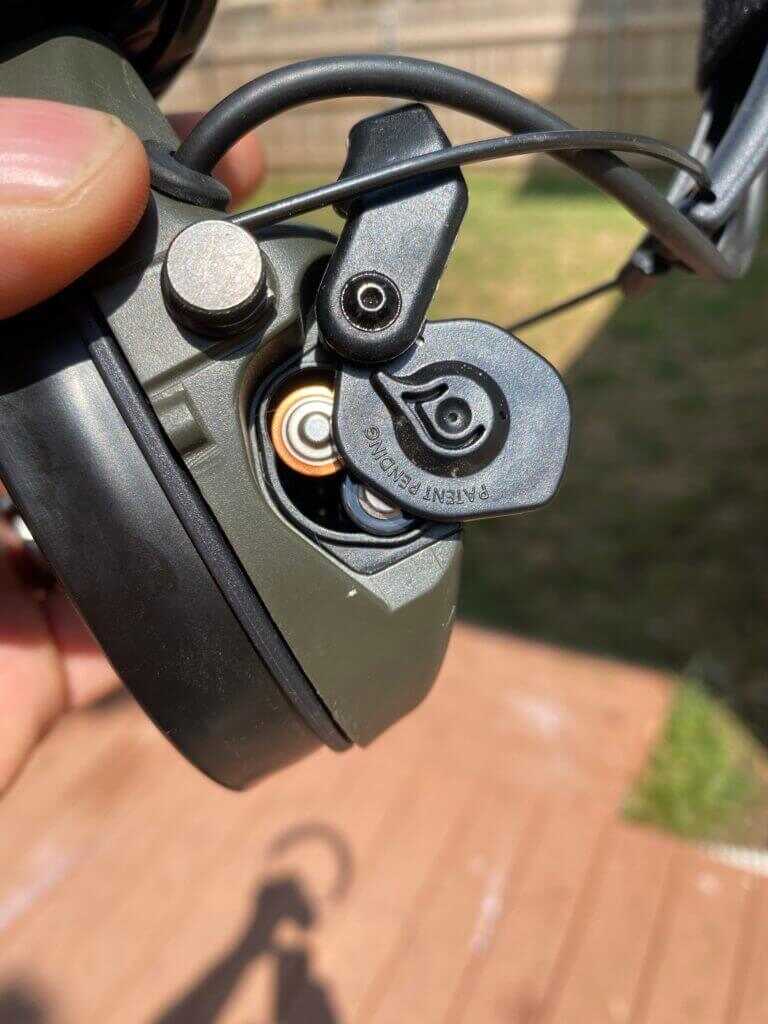
And then we have the coup de grace. All that together would make the Liberator a lighter, thinner, cheaper alternative to the Peltor, while offering all the same performance. But Safariland didn’t quit with just that. They also upgraded the electronics to do something not even mil-spec Peltors will do.

They created different modes of operation that prioritize different sounds. Mode 1 is just kind of normal, it enhances everything. Which is great in a lot of conditions. But where I live, it is often very windy. You will never see a video of it, because of what the wind does to the microphone on the camera. The same thing happens to hearing protection unless it says Liberator HP2 on the side. Switching over to Mode 2 eliminates wind noise from either nature or riding the skids of a helicopter. And it works marvelously. I tested mine on a high wind day recently. Mode 1, it sounds like I am in free fall plus static. Mode 2, it’s like magic descended. I can still hear everything around me, minus wind noise. And if you want to go even further, Mode 3 does that but prioritizes human speech. Absolutely perfect for either teaching classes on the range or talking to a hunting buddy in the blind.
Safariland batted one out of the park with the Liberator, and I am very glad they came to my attention. This is one I can wholeheartedly endorse for whatever situation you may find yourself in.

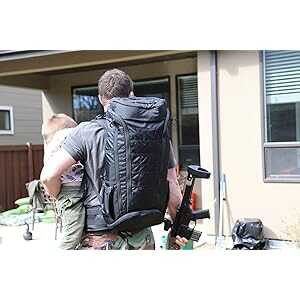
I purchased these based on your review because I wanted to enhance my hunting capabilities by being able to hear animals before they hear me. I think these are pretty good at allowing omnidirectional hearing. However, I find myself taking them off when I really want to hear and focus in on animal footsteps and/or other sounds made by animals. For example, I can detect nearby hogs sloshing through mud and water much better with the muffs off. Maybe this is because I have better hearing overall than you? Or do you think I received a defective product? Or maybe you have some other advice or more context regarding how you use them and which animals you hunt?
These are rated at 26 dB. For an indoor range, I think that is that is too low; the plain nonelectronic muffs have a better rating. For hunting, yes these are in line with others out there in the noise reduction department, so I guess the edge is in the electronic features. Not being a hunter, I am not a targeted buyer.
Funny thing about ear pro–it seems that for many mfrs finding the NRR is an exercise in futility.
Wow Clay, you really pissed off some Nancy’s in this review. I found it to be very informative. Take care of cousin Dave for me…
A little too enthusiastic compared to other reviews I’ve seen. Sounds like a promotional advertisement.
I agree Clay. I have used these for a while and nothing else compares, except maybe the MSA Supreme Pro-X that looks/functions very similar to the Liberators. I have the Liberators too (bought for wife/guest shooters) and they are absolutely great.
This is a Zero review without the specs.
I have a big head, and most earmuffs are not designed for this and become painful after about 15-20 minutes. Will these be big enough that I can wear them comfortably? You want me to drop $300 on a product, I want to know if I can actually use it.
So…what about specs? What kind of protection?
I saw all sorts of prices and comparisons…but what about the specs?
No dB ratings? All subjective testing?
Not much of a review.
Go to the SAFARILAND website… Lots of information for you.